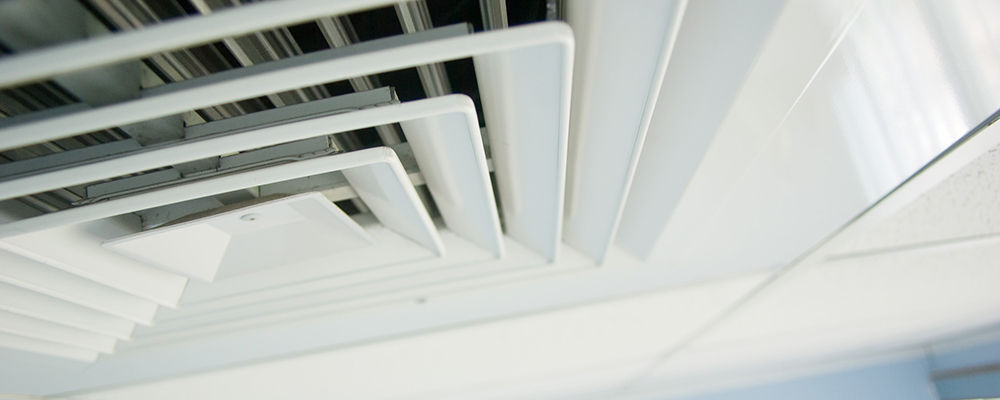Biological Air Quality Considerations for Non-Healthcare, As Built Environments
Bringing the importance of good air quality in buildings in to sharp focus

The importance of good air quality in buildings has been brought into sharp focus as we continue to try and mitigate the spread of the SARS-CoV-2 virus. When a virus or other infectious agent is transmitted through tiny droplets and aerosols, it is said to be an airborne disease. SARS-CoV-2, influenza, chicken pox, and measles are all examples of airborne diseases. This paper will address several options for improving the quality of indoor air in non-healthcare settings such as schools, restaurants, and gyms, the implementation of which will make these facilities safer not only during a pandemic, but also after the current crisis is behind us.
Introduction
Air quality has become a focus of cleaning considerations since the SARS-CoV-2 virus pandemic started. This document is designed to provide measures a facility and those involved in cleaning facilities ought to take into consideration to control the spread of infectious agents within their facilities, with a particular concern for those spread through airborne routes. These considerations are for as built environments (schools, gyms, restaurants, convention centers) and do not pertain to healthcare or similar facilities with specific needs, such as patient isolation areas.
Read the full article here: https://infectioncontrol.tips/2022/02/10/biological-air-quality-considerations/




